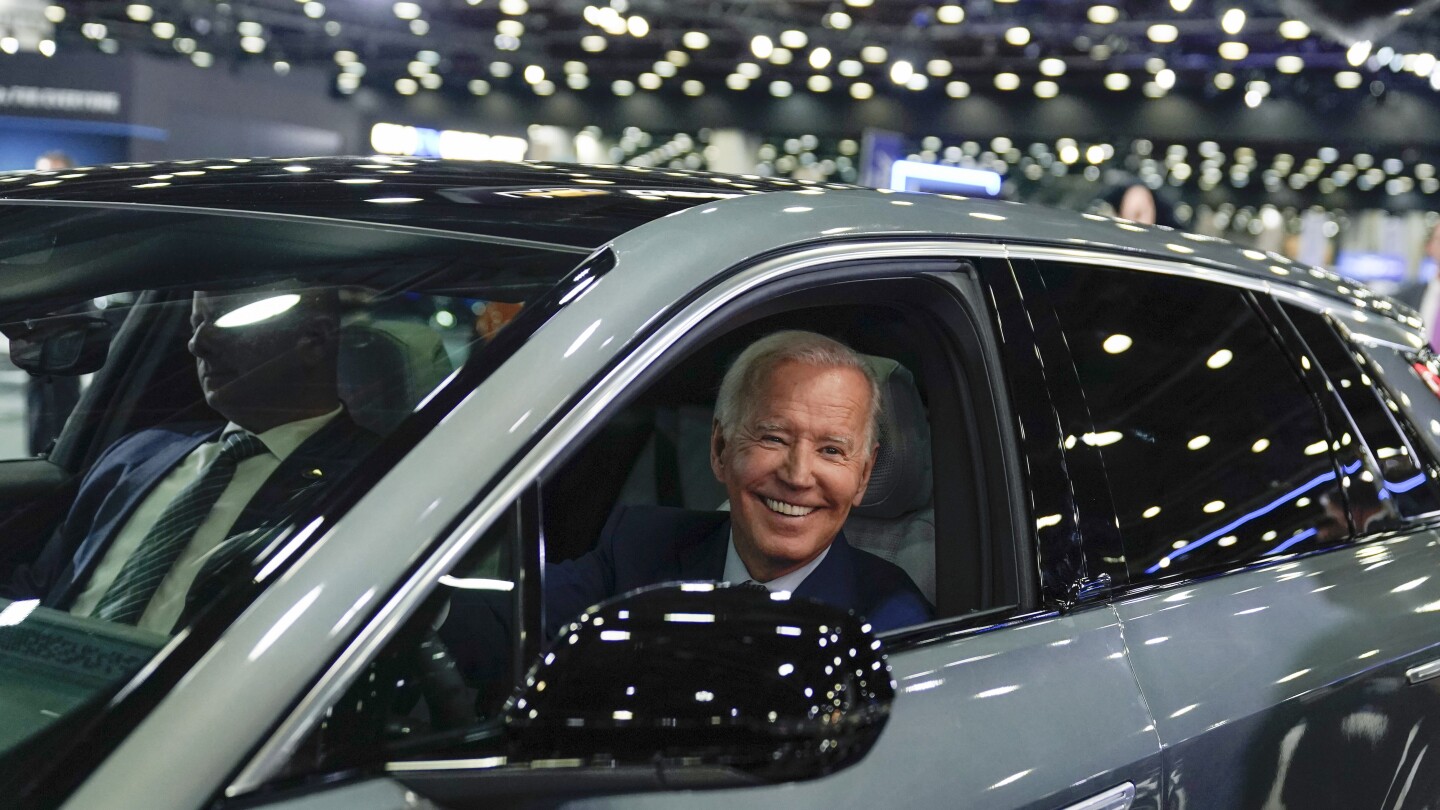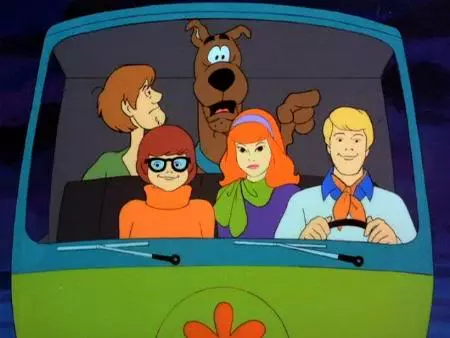The Biden administration announced new automobile emissions standards Wednesday that officials called the most ambitious plan ever to cut planet-warming emissions from passenger vehicles.
The new rules relax initial tailpipe limits proposed last year but eventually get close to the same strict standards set out by the Environmental Protection Agency.
The rules come as sales of electric vehicles, which are needed to meet the standards, have begun to slow. The auto industry cited lower sales growth in objecting to the EPA’s preferred standards unveiled last April as part of its ambitious plan to cut planet-warming emissions from passenger vehicles.
The EPA said that under its final rule, the industry could meet the limits if 56% of new vehicle sales are electric by 2032, along with at least 13% plug-in hybrids or other partially electric cars, as well as more efficient gasoline-powered cars that get more miles to the gallon.
On one hand, Biden is doing more for the climate than any other US president, but on the other hand this is clearly not enough. While Americans are blocked from buying the affordable Chinese EVs that would shift us away from fossil fuels, Biden tells American auto makers they have until 2030 to ‘ramp up production’ of EVs. People want to drive clean cars but more than anything they want to afford. American EVs are still unaffordable for most people and this move will do little to change that now or after 2030 when there will still be no incentive for Ford/ GM to compete with China. To be clear, this is far more than Trump or Haley or Phillips would do and that’s a step in the right direction but we need giant leaps right now. Tell me you wouldn’t drive a brand new BYD if it was $10,000 like it is in China.
We shouldn’t be relying on foreign manufacturers to meet our demands, our country is large and diverse enough to do it on our own. And time has already shown thatAmerican car manufacturers will never make affordable ANYTHING until they are required to. This forces them closer to that.
We shouldn’t be relying on foreign manufacturers to meet our demands, our country is large and diverse enough to do it on our own.
Except for the fact that there are many necessary minerals for these batteries that are overwhelmingly located in China, and not present in meaningful quantities in the Americas. China is in a position of strong leverage here since they can control the price of mineral export even if our manufacturing ramps up.
This is part of his Infrastructure Bill, requiring battery materials to be extracted or processed in the United States or a U.S. free-trade agreement partner or recycled in North America on an increasing scale. China is way ahead, no question there. It takes time to build that infrastructure and by locking tax credits behind American investment we add pressure to build them on the US.
You can’t extract minerals from where they don’t exist. No law will change that.
Does it force them to make affordable EVs? Or to make EVs?
Tell me you wouldn’t drive a brand new BYD if it was $10,000 like it is in China.
It wouldn’t be that price in the US anyways. The BYD Dolphin starts at €30K in Europe which is pretty comparable to the Chevy Bolt EV. Prices are similar in Australia and other places too.
Might be thinking of the Seagull which should be more like 20K EUR.
Will they apply to “Light Trucks”?
They really need to. The F150 Lightning, R1T, and Cybertruck are proving that this segment can successfully electrify. Telo has some great plans for shrinking trucks back down but still being able to be trucks, I’m most excited by their plans. I think Ford’s T3 platform might do the similar, but time will tell.
It needs to apply to pickups and SUVs. Quit catering to the auto industry at the cost of the environment. And we need to get rid of the chicken tax to accomodate small truck imports, that should have been done long ago.
Great! Now do private jets.
Those make up a pretty negligible amount of emissions. Global aviation overall only accounts for 2.5% of CO2 emissions. While it may be horribly wasteful, focusing on it is not going to really do shit overall.
True, but from what I’ve been seeing about the currently approaching climate crisis, we need to do everything that we can to stop or at least slow it to find more solutions.
Absolutely! I am very annoyed that the Biden admin caved and are slowing the move to EVs. We need to be keeping the same time line and forcing light trucks to up their efficiency too. We also need to move away from fossil fuels in energy production. Then we need to add in tariffs for products coming from countries not meeting their emissions targets.
There is a fuckton we need to do to minimize how far above and how long we will be over a 1.5°C rise.
Perhaps, but it’s a low impact, high reward thing. The amount of CO2 it conserves per person affected by the change is low and the people who are affected can easily afford alternative transportation. People who drive gas vehicles often have no alternative transportation available because they can’t afford new cars, don’t have access to charging, and/or don’t have access to public transportation and so need that transportation in order to survive. People with private planes can fly on public planes, use slower transportation methods, or invest in lower emissions planes and not have any impact to their ability to survive.
Let’s see how the auto industry responds. Last time the government tried to impose emission regulations we ended up getting massive pickup trucks as a result (which obv don’t have reduced emissions compared with pickup trucks that have a reasonable size and wheelbase).
That’s because the previous requirements were based on physical vehicle size. Bigger vehicle, more emissions possible to meet requirements. Which also means more expensive to manufacture, so they can be sold for more as well.
They keep making regulations worse, I keep buying older cars.
They REALLY need to pick a standard and stick with it. Not keep changing them every few years, forcing automakers to throw away tried and tested designs, for which deep parts pipelines already exist, and start all over from scratch. The emissions regulations we had 20 years ago were just fine, these bureaucrats are just trying to justify their continued existence and make everyone’s lives miserable.










